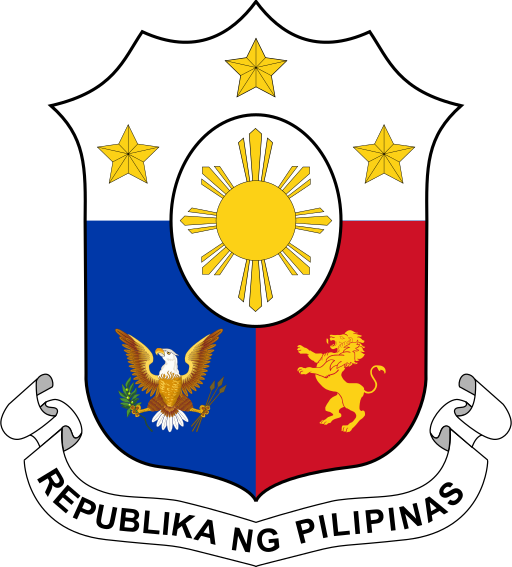The Department of Budget and Management (DBM) has authorized the creation of 26,035 contractual positions for health workers to support the implementation of the Human Resource for Health Deployment Program (HRHDP) of the Department of Health (DOH). Contractual positions enjoy employer-employee relationship and are covered by civil service rules and regulations.
In the last 18 years, the DOH had been engaging medical and allied-medical workers on a contract of service (COS) basis and without employer-employee relationship. In addition, said health workers are only receiving basic salaries without other benefits in the past years.
The DOH pursued the creation of the aforementioned 26,035 contractual positions such that, in addition to their salaries, the subject health workers will now receive benefits currently being received by a regular government personnel, such as Personnel Economic Relief Allowance, Mid-Year Bonus, Year-End Bonus, and Cash Gift, among others.
The health workers to be hired by the DOH on contractual basis are composed of medical officers, dentists, medical technologists, nurses, nutritionists, pharmacists, physical therapists, and midwives. They will be deployed to 1,634 cities and municipalities nationwide, especially in far-flung, geographically-isolated, disadvantaged, and remote areas with inadequate personnel to enhance the access to and delivery of health care services to the public.
The HRHDP is a strategy of the DOH to augment, redistribute, and retain health workers in the country to enhance access to quality health services.
The goal of the HRHDP is to assign at least one (1) dedicated health worker per barangay to ensure availability of health services eight (8) hours a day, seven (7) days a week. This program also augments the manpower complement of Rural Health Units (RHUs) of different local government units to ensure the provision of healthcare services 24/7, especially emergency and birthing home services.
The HRHDP’s priority scope of areas include: geographically isolated and disadvantaged areas; municipalities belonging to 6th, 5th, and 4th classes; identified municipalities with indigenous peoples; identified municipalities with Certificate of Ancestral Domain Title barangays; municipalities with identified pharmaceutical programs; and, focus areas based on the Philippine Plan of Action for Nutrition.
(30)
For inquiries, further questions and requests for interview, please contact Hazel Intia.
Email:Telephone: (+632)-657-3300 local 2601

